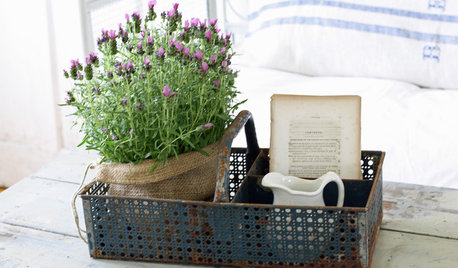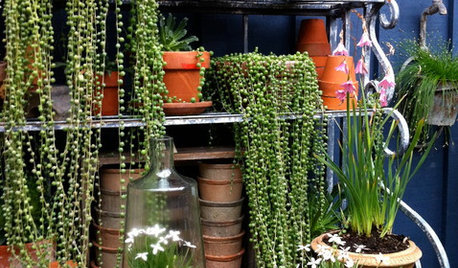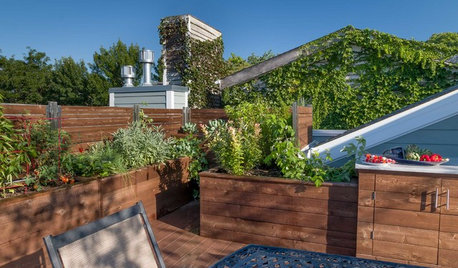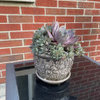Succulent grower in the tropics needs help with gritty mix
brown_panda
9 years ago
Featured Answer
Sort by:Oldest
Comments (13)
nil13
9 years agolast modified: 9 years agobrown_panda
9 years agolast modified: 9 years agoRelated Professionals
Brooklyn Park Landscape Contractors · Wethersfield Landscape Contractors · Greenville General Contractors · North Smithfield General Contractors · Rohnert Park General Contractors · Solana Beach Decks, Patios & Outdoor Enclosures · Baton Rouge Decks, Patios & Outdoor Enclosures · Cedar Falls Decks, Patios & Outdoor Enclosures · Des Moines Decks, Patios & Outdoor Enclosures · Foothill Farms Decks, Patios & Outdoor Enclosures · Kalamazoo Decks, Patios & Outdoor Enclosures · Lakewood Decks, Patios & Outdoor Enclosures · Lancaster Decks, Patios & Outdoor Enclosures · Stafford Decks, Patios & Outdoor Enclosures · Statesville Decks, Patios & Outdoor Enclosuresbrown_panda
9 years agolast modified: 9 years agotapla (mid-Michigan, USDA z5b-6a)
9 years agolast modified: 9 years agonil13
9 years agolast modified: 9 years agorina_Ontario,Canada 5a
9 years agolast modified: 9 years agoAllanA1234
9 years agolast modified: 9 years agobrown_panda
9 years agolast modified: 9 years agonil13
9 years agolast modified: 9 years agonil13
9 years agolast modified: 9 years agobrown_panda
9 years agolast modified: 9 years agonil13
9 years agolast modified: 9 years ago
Related Stories

HOUSEPLANTSOutsmart Winter — Make Houseplants of Your Garden Growers
No need to watch Jack Frost play Wreck the Rosemary. Bring your garden inside for the winter, using containers and these guidelines
Full Story
HOUSEPLANTSCascading Succulents Bring Fun Shapes to Your Indoor Garden
For eye-catching spillers with delicate beauty and minimal needs, it's hard to beat these 2 trailing houseplants
Full Story
CONTAINER GARDENS3 Steps to Creating Quick, Easy and Colorful Succulent Containers
Take a bright container, add a colorful succulent or two and have a professional, summery design in minutes
Full Story
GARDENING GUIDES10 Cold-Hardy Succulents for Cool-Season Interest
These attractive plants shrug off colder temperatures, and many can be brought inside in containers in extra-chilly climates
Full Story
DECORATING GUIDESRoom of the Day: A Fresh Mix in a Traditional Colonial
A designer combines rich colors and fabrics with lighter pieces in a living room that's the heart of a North Carolina home
Full Story
FEEL-GOOD HOME10 Kinds of Flowers and Foliage for Modern Spaces
Match the plant to the feeling you want to evoke, be it fun, rustic, tropical or romantic
Full Story
HOUSEPLANTSMeet a Palm That's Fine With Fluorescent Light
Get the look of the tropics without the full-on sun and high humidity — parlor palm tolerates regular indoor conditions with aplomb
Full Story
FLOWERS5 Sensational Flowering Vines for Warm Climates
Splash your garden with bright tropical color from late summer through fall with these showy trailing and climbing beauties
Full Story
GARDENING AND LANDSCAPINGGrow a Lush Privacy Screen
No need to wait forever for patio privacy the green way. These 10 ideas will get your screening up and running in no time
Full Story
GARDENING GUIDES10 Tips for Beginning Gardeners
With a simple sketch, basic tools and the right plants, you’ll be on your way to growing your first flowers or edibles
Full Story









tapla (mid-Michigan, USDA z5b-6a)